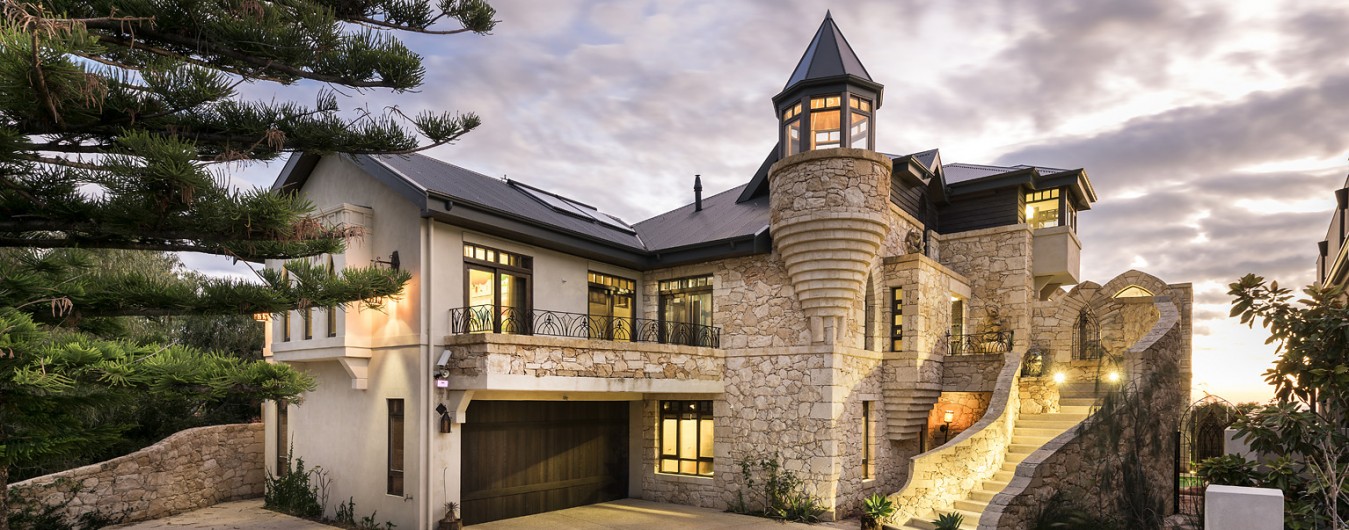Bad Weather and Power Price Hikes Trigger Demand for Solar Passive Housing
20 August 2009
Jacinta Goerke
Journalist
According to a local architect the recent bad weather and increase in electricity and gas tariffs has seen an increase in demand for solar passive housing and sensible renovations.
Mr Garry Baverstock, director of Ecotect-Architects in Swanbourne and Order of Australia recipient, said people feeling the pinch were serious about living in energy efficient homes.
“People are clear with us,” said Mr Baverstock. “They want homes that use less power, look good and are comfortable to live in.”
Mr Baverstock said the increase in demand was from people wanting renovation work done and others keen to build houses on cleared blocks or receive feedback on builders’ plans.
He said people were aware energy efficient houses could cost more upfront, but the increase in the house’s resale value and savings in energy bills was quickly offset.
“The good news is homes that adhere to the principles of solar passive design are aesthetically pleasing, better ventilated and use natural light wisely,” said Mr Baverstock.
“Solar passive buildings are also healthier for people because they require the effective use of air flow and minimal use of toxic materials.
“People with respiratory problems, such as asthma and bronchitis, and others with illnesses such as depression find living in solar passive homes helpful,” he said.
Mr Baverstock said solar passive homes required the installation and use of window treatments and floor coverings that either absorbed or reflected heat and light during different times of a day.
“The combined effect of passive solar when added to the blinds will keep a house warmer by up to five degrees during the day and up to ten degrees at night in winter,” he said.
“Conversely, the house can be kept cooler by between five and ten degrees in summer when using the passive solar benefits,” he said.
Mr Baverstock said the colour of walls and floors also played a significant role as did the use of insulation and size and location of windows.
“Simply increasing the size of a window or installing glass doors to capture the winter sun can heat a cold room and transform it into an inviting breakfast area,” said Mr Baverstock.
Mr Baverstock said people who spend little time at home or are unhappy often find making climate sensible changes to their homes improves their lives for the better.









